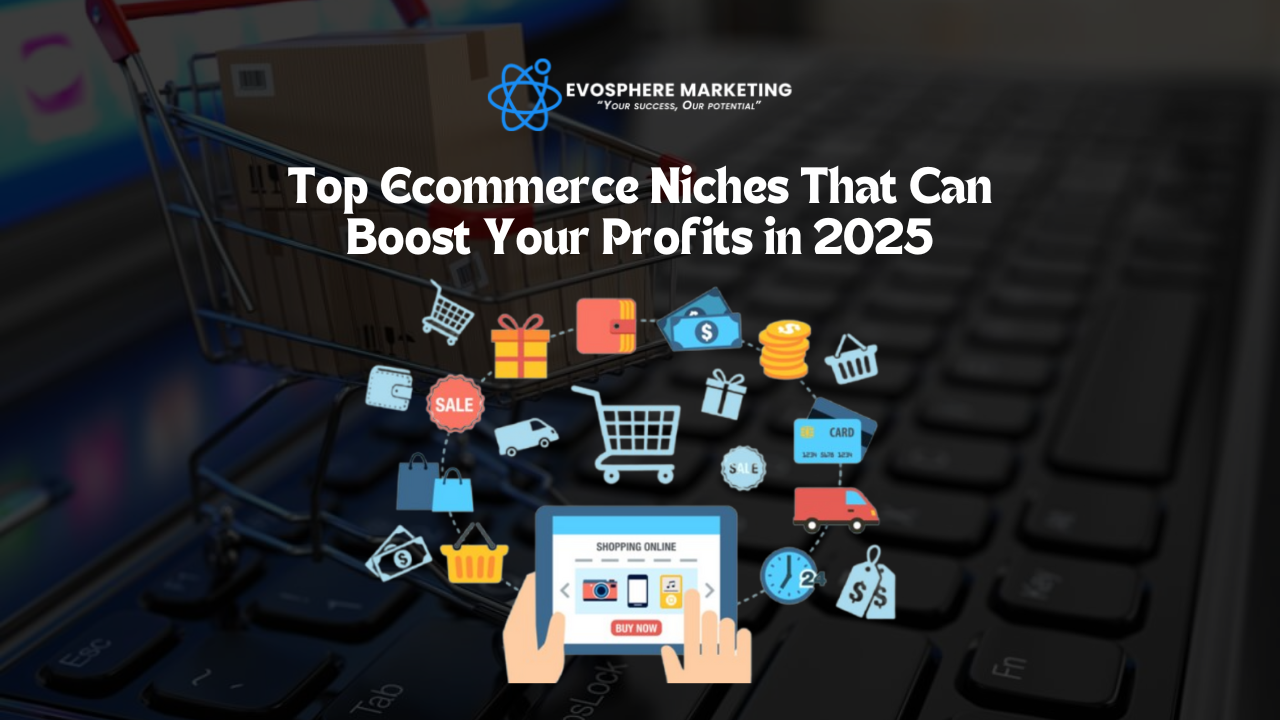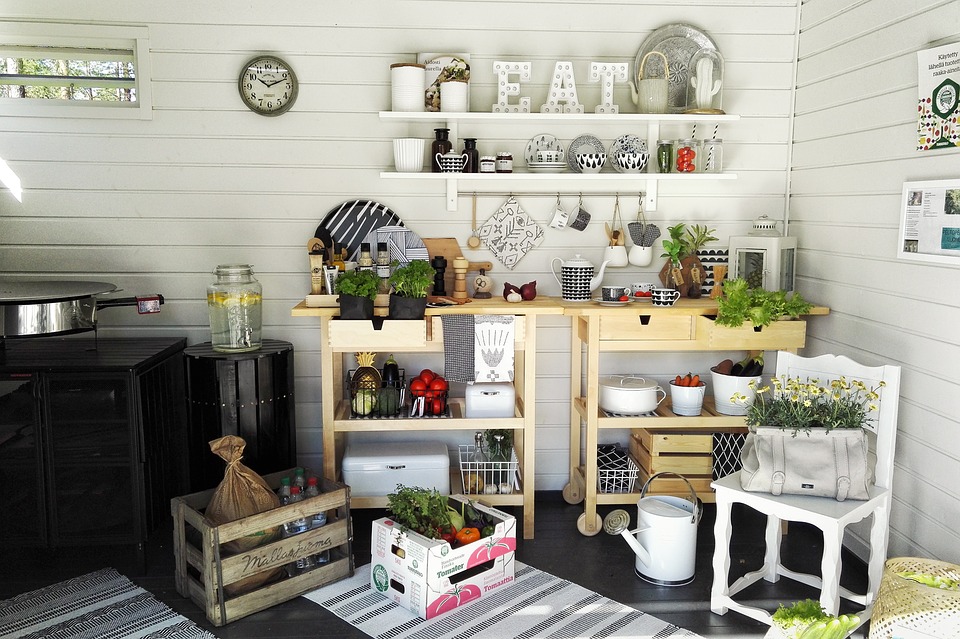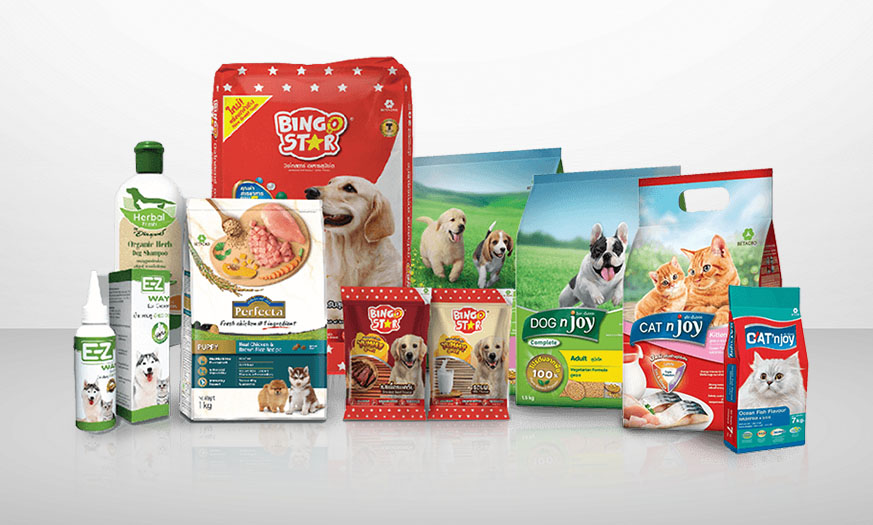
Top Ecommerce Niches That Can Boost Your Profits in 2025
The ecommerce landscape offers numerous opportunities for entrepreneurs, with specific niches consistently delivering high profits. Below, we explore ten of the most lucrative niches, explaining why they thrive and how you can tap into their potential.
Top Ecommerce Niches in 2025
The e-commerce landscape in 2025 is dominated by trends that align with consumer priorities like sustainability, convenience, and personalization. Key niches include eco-friendly products, health and wellness items, smart home gadgets, personalized gifts, and pet care essentials. Digital products like online courses and NFTs also continue to gain traction. With the rise of AI and automation, e-commerce stores offering customized solutions and subscription-based services are expected to thrive.
1. Beauty and Cosmetics

Beauty and cosmetics are evergreen ecommerce niches due to their global demand. Skincare, makeup, and haircare products are consistently popular across demographics. Sub-niches like clean beauty, cruelty-free products, and personalized skincare solutions are rapidly gaining traction, appealing to environmentally and health-conscious consumers.
Profit margins in this niche are high, especially if you create your own brand. Private-label products allow you to control pricing and establish customer loyalty. Alternatively, reselling established brands is a viable option for beginners.
Visual platforms like Instagram and TikTok are ideal for marketing beauty products. Influencer collaborations and user-generated content can showcase your products effectively, while subscription models, such as monthly beauty boxes, offer recurring revenue.
2. Health and Wellness

As people prioritize physical and mental health, the health and wellness niche continues to grow. Popular products include fitness equipment, wellness supplements, and mental health aids like weighted blankets. CBD products are also gaining momentum as a promising sub-niche.
Building trust is crucial in this market. Providing detailed product descriptions, certifications, and user testimonials can help establish credibility. Offering bundled products, such as stress relief kits or fitness starter packs, adds value for customers.
Educational content is key to engaging your audience. Blogs, videos, and social media posts focusing on health tips or product usage can drive traffic and boost sales. Partnering with wellness influencers further enhances brand visibility.
3. Home and Kitchen Items

With more people working from home, demand for home and kitchen products has surged. Popular items include ergonomic office chairs, home gym equipment, and innovative kitchen gadgets. Smart home devices and energy-efficient solutions are also trending.
Bundles, such as cooking tools paired with recipes, attract home chefs, while offering space-saving or multifunctional products appeals to modern consumers. Seasonal promotions, like holiday-themed kitchen sets, can further boost sales.
Marketing strategies should highlight practicality and convenience. User-generated content showcasing real-life applications of your products builds trust and drives engagement.
4. Jewelry and Accessories

Jewelry and accessories are always in demand, thanks to their emotional and aesthetic appeal. Customizable pieces like engraved necklaces or birthstone rings allow customers to add a personal touch.
This niche offers low shipping costs and high-profit margins, making it attractive for new sellers. Eco-friendly or minimalist designs and special occasion collections, such as bridal or anniversary jewelry, can set your brand apart.
High-quality images and videos are essential for marketing jewelry. Platforms like Instagram and Pinterest are perfect for showcasing your products, while storytelling enhances your brand’s emotional appeal.
5. Fashion and Clothing

The fashion industry is vast, offering endless opportunities for niche markets. Sustainable fashion, adaptive clothing, and gender-neutral designs are particularly popular.
Limited-edition collections and collaborations create urgency and exclusivity. Virtual try-on features and detailed size guides enhance the customer experience, reducing returns. Targeting underserved markets, such as plus-size or maternity wear, offers additional growth opportunities.
Social media is a powerful tool for promoting fashion products. Influencers and user-generated content can showcase your brand’s style, while seasonal campaigns and sales events drive traffic and revenue.
6. Home Improvement

The rise of DIY culture has made home improvement a thriving ecommerce niche. Tools, materials, and smart home devices are staples in this category.
Offering project-specific kits, such as gardening or painting sets, adds convenience and value. Emphasizing the durability and quality of your products builds customer trust.
Educational content, including tutorials and how-to guides, is essential for marketing home improvement products. Platforms like YouTube and Pinterest are ideal for showcasing project ideas and product applications.
7. Eco-Friendly Products

Sustainability is a major trend, making eco-friendly products a profitable niche. Reusable bags, biodegradable packaging, and solar-powered gadgets attract environmentally conscious consumers.
Transparent sourcing and sustainable practices are critical for building trust. Highlight certifications and eco-friendly benefits in your marketing, and consider offering discounts or rewards for recycling.
Collaborating with eco-conscious influencers or organizations amplifies your reach. Storytelling that emphasizes the positive environmental impact of your products resonates well with this audience.
8. Pet Products

Pet products are a consistently profitable niche due to the strong emotional bond between pet owners and their animals. Organic pet food, custom collars, and tech gadgets like pet cameras are popular.
Subscription models, such as monthly treat or toy boxes, provide recurring revenue. Exploring niche markets, like senior pet care or exotic pet supplies, can also yield great results.
Marketing should focus on the joy and well-being of pets. Use relatable content, such as cute pet photos or videos, to connect with your audience. Pet-related holidays offer additional promotional opportunities.
9. Men’s Grooming Products

Men’s grooming is a rapidly growing market as more men invest in self-care. Products like premium razors, skincare, and beard grooming kits are particularly popular.
This niche offers high margins, especially for branded or luxury items. Minimalist packaging and masculine branding appeal to the target demographic, while gift sets for holidays or special occasions perform well.
Educational content, such as grooming tutorials or skincare tips, can engage customers. Social media and email marketing are effective for promoting new launches and seasonal discounts.
10. Food, Drink, and Cooking

Specialty food products and cooking equipment cater to a passionate audience of food enthusiasts. Gourmet spices, meal kits, and artisan beverages are particularly in demand.
Subscription boxes for ingredients or ready-to-cook meals provide convenience and recurring income. Highlighting unique features, such as organic or locally sourced ingredients, can attract a loyal customer base.
Marketing should focus on storytelling and lifestyle appeal. Share recipes, cooking tips, or behind-the-scenes content to connect with your audience. Social media platforms like Instagram and Pinterest are ideal for showcasing food products.
Conclusion
The ecommerce market is filled with profitable niches that cater to diverse customer needs. Whether you’re interested in beauty, wellness, home improvement, or pet products, there’s a lucrative opportunity waiting for you. By conducting thorough market research and leveraging targeted marketing strategies, you can tap into these thriving niches and build a successful ecommerce business.

Social List